No worries, dolina. There's always time for everything. I'm still trying to find the silvery kingfishers. I can't see them in their usual perches, but I still see them in the same stream.
Results 1,041 to 1,050 of 1262
Thread: Bird photography
-
12-08-2013, 11:43 PM #1041Elite Member

- Join Date
- Aug 2007
- Posts
- 1,865
-
12-09-2013, 05:24 AM #1042
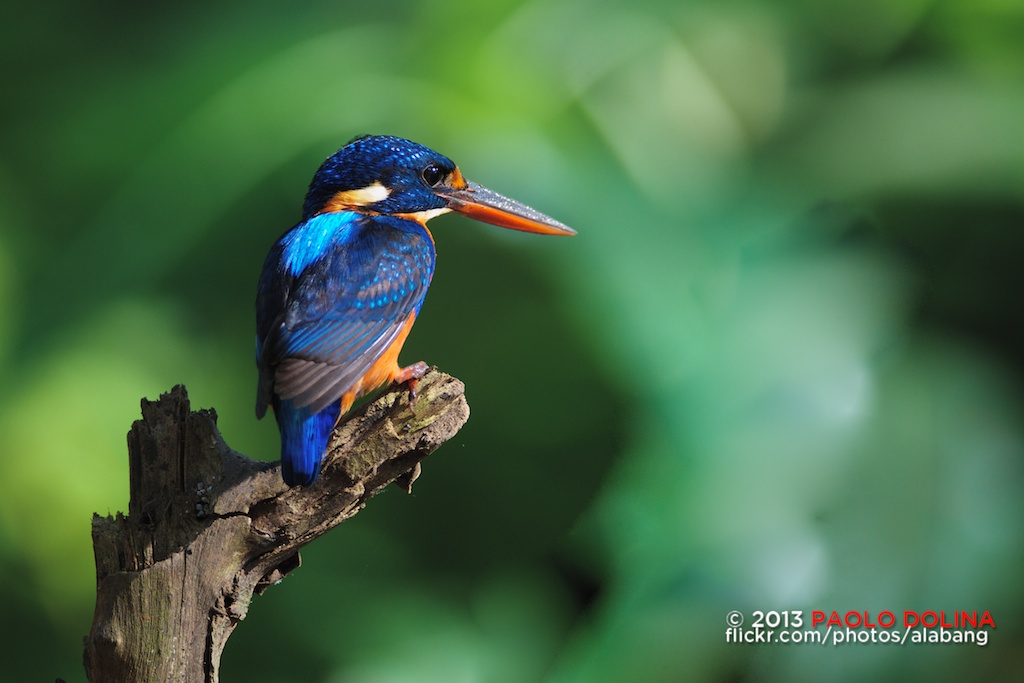
Indigo-banded Kingfisher (Alcedo cyanopectus) by alabang, on Flickr
Settings: 1/125 ƒ/5.6 ISO 1250 800mm
-
12-10-2013, 12:11 PM #1043
Best viewed on any Apple device or IPS display.
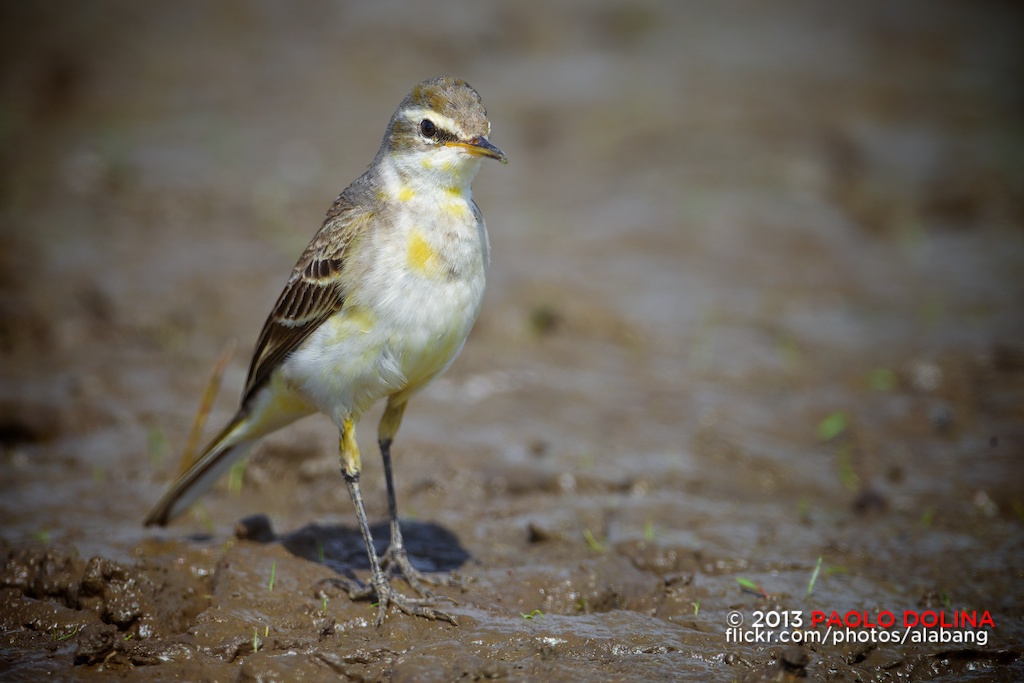
Eastern Yellow Wagtail (Motacilla tschutschensis) by alabang, on Flickr
The Eastern Yellow Wagtail (Motacilla tschutschensis) is a small passerine in the wagtail family Motacillidae, which also includes the pipits and longclaws.
This species breeds in temperate Asia and has a foothold in North America in Alaska. Populations migrate to south Asia and Australia.
Vagrant individuals occur around the winter quarters at migration time. For example, on Palau in Micronesia migrant flocks of this species – apparently of the Bering Sea Yellow Wagtail, and including many adult males – are regularly seen, while further north on the Marianas, only the occasional stray individual – usually females or immatures as it seems – is encountered.[1]
It is a slender 15–16 cm long bird, with the characteristic long, constantly wagging tail of its genus. The breeding adult male is basically olive above and yellow below. In other plumages, the yellow may be diluted by white. The heads of breeding males come in a variety of colours and patterns depending on subspecies.
The call is a characteristic high-pitched jeet.[2]
This insectivorous bird inhabits open country near water, such as wet meadows. It nests in tussocks, laying 4-8 speckled eggs.
Source: Eastern Yellow Wagtail - Wikipedia, the free encyclopedia
Location: Los Baños, Laguna - Wikipedia, the free encyclopedia
Settings: 1/640 ƒ/5.6 ISO 160 800mmLast edited by dolina; 12-10-2013 at 04:06 PM.
-
12-10-2013, 10:04 PM #1044Elite Member

- Join Date
- Aug 2007
- Posts
- 1,865
-
12-11-2013, 12:06 PM #1045
Thanks burikoy crinkies pepponeskie
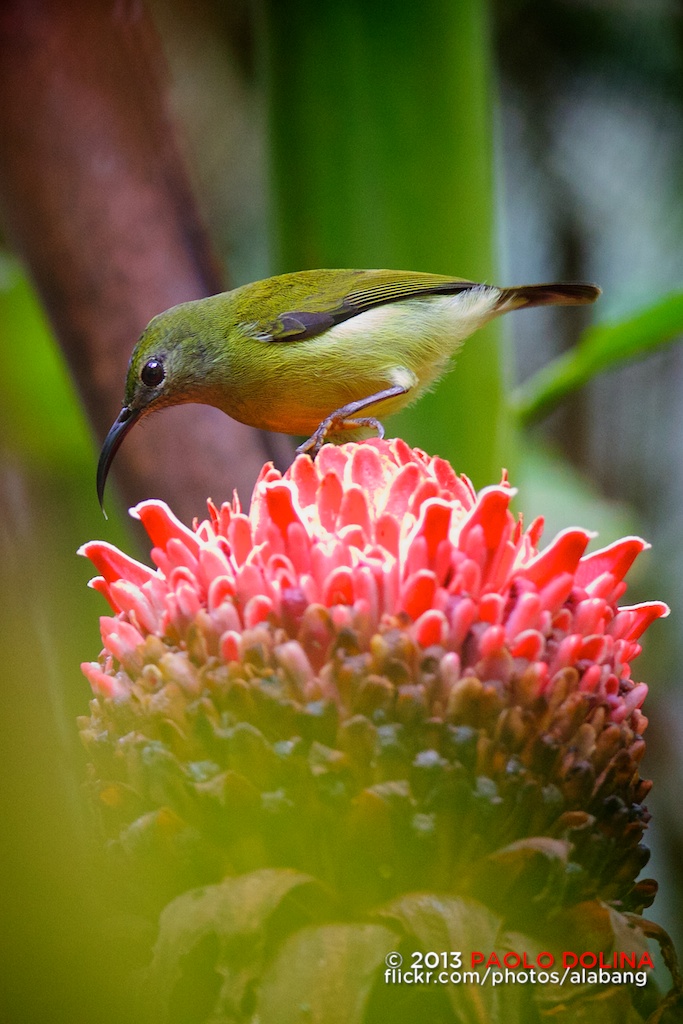
Flaming Sunbird (Aethopyga flagrans) by alabang, on Flickr
The Flaming Sunbird (Aethopyga flagrans) is a species of bird in the Nectariniidae family. It is endemic to the Philippines.
Its natural habitat is subtropical or tropical moist lowland forests.
Male: Very colourful feathers.
Female: Less colourful feathers.
Philippine Birds
Source: Flaming Sunbird - Wikipedia, the free encyclopedia
Location: Los Baños, Laguna - Wikipedia, the free encyclopedia
Settings: 1/60 ƒ/5.6 ISO 5000 800mm
-
12-12-2013, 03:09 PM #1046
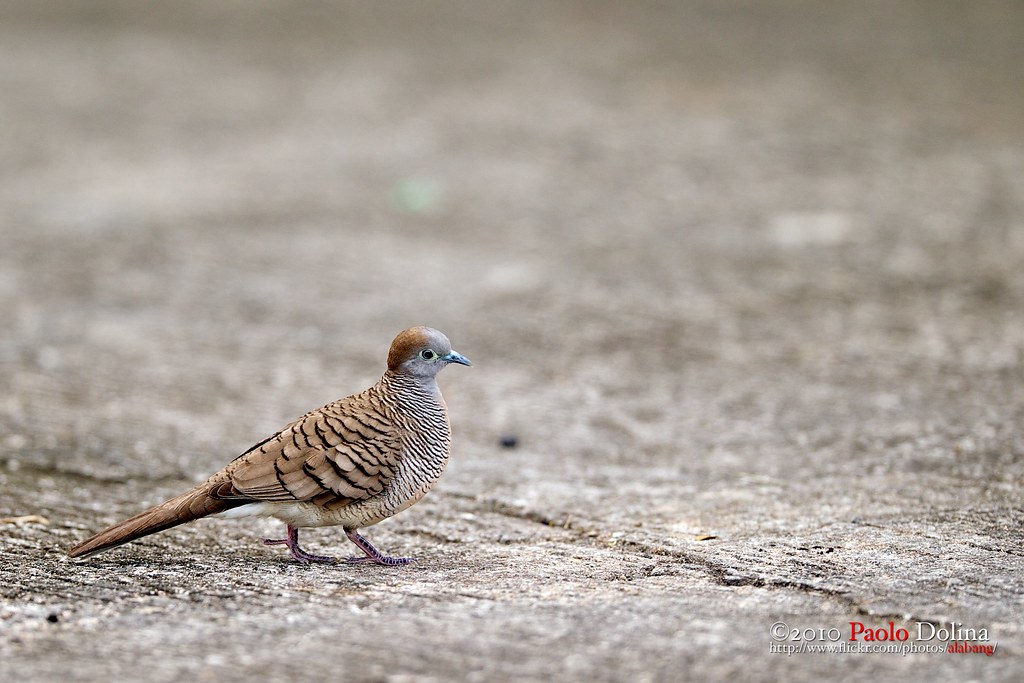
Zebra Dove Geopelia striata by alabang, on Flickr
The Zebra Dove Geopelia striata, also known as Barred Ground Dove, is a bird of the dove family Columbidae, native to South-east Asia. It is closely related to the Peaceful Dove of Australia and New Guinea and the Barred Dove of eastern Indonesia. These two were classified as subspecies of the Zebra Dove until recently and the names Peaceful Dove and Barred Dove were often applied to the whole species.
Source: Zebra Dove - Wikipedia, the free encyclopedia
Location: Muntinlupa - Wikipedia, the free encyclopedia
Settings: 1/800 ƒ/2.0 ISO 320 200mm
-
12-13-2013, 10:10 AM #1047Banned User Platinum Member

- Join Date
- May 2007
- Gender

- Posts
- 1,952

-
12-13-2013, 11:00 AM #1048
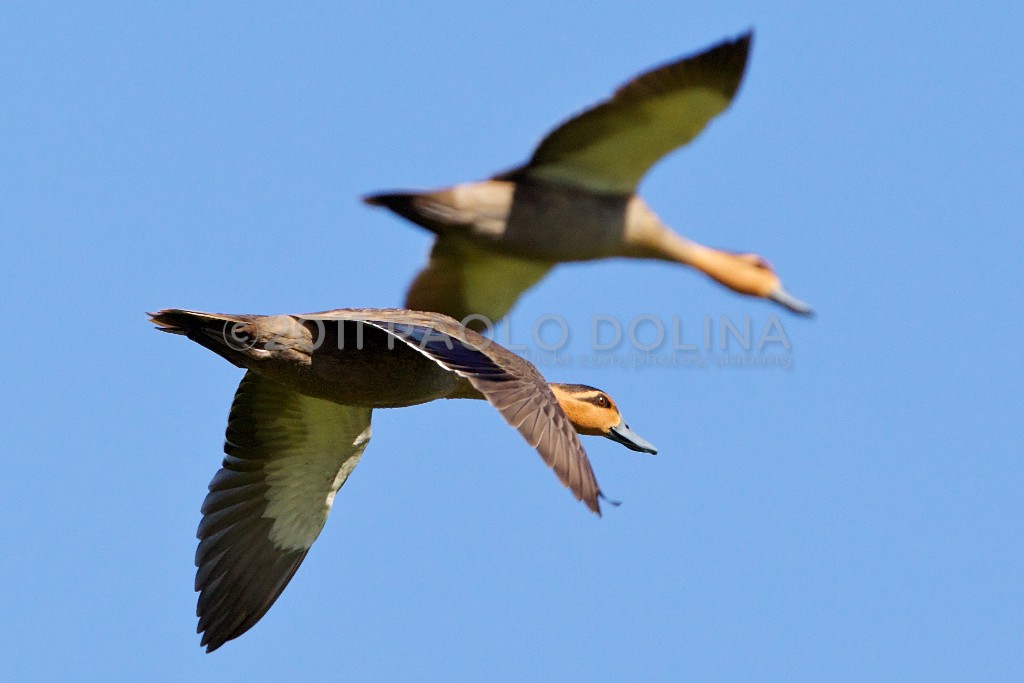
Philippine Duck (Anas luzonica) by alabang, on Flickr
Philippine Duck (Anas luzonica) is endemic to the Philippines, being recorded from all the major islands and eight smaller islands. Records since 1980 derive from c.30 localities, most on Luzon and Mindanao. Records from Siquijor and the Sulus remain unsubstantiated. A steep population decline was evident by the mid-1970s, with high numbers recorded at only a few sites in the following decade, e.g. Candaba Marsh (Luzon) which probably supported many thousands in the early 1980s. Subsequent local extinctions and near-disappearances have occurred in several significant sites, including Candaba Marsh and Buguey wetlands (where several thousand were recorded in 1983). Important current areas include Polillo Island (240 seen and an estimated 3,000 present in 1996), Subic Bay (600 seen in 1997), Magat dam (2,000 were seen in 2001) and Malasi lakes (1,320 were recorded in 2002), Luzon. Other recent records come from Mangatarem, Pangasinan (east of Zambales Mountains IBA) where 70 individuals were counted on the Barabac River inside the Manleluag Spring National Park, Cantilan mangroves in Surigao del Sur and from a mangrove fishpond in Bicol Region, Southern Luzon1. In 1993, its population was estimated at 10,000-100,000, but by 2002 fewer than 10,000 birds were thought to remain.
Source: http://83.138.144.95/datazone/specie...eet.php?id=439
Location: Candaba, Pampanga - Wikipedia, the free encyclopedia
Settings: 1/1250 ƒ/8 ISO 800 600mm
-
12-15-2013, 10:07 PM #1049
-
12-16-2013, 01:04 PM #1050

Spotted Munia (Lonchura punctulata) by alabang, on Flickr
Being a highly sociable bird, the scaly-breasted munia is usually found in small groups, which sometimes include other species of the genus Lonchura. The diet of the scaly-breasted munia comprises mainly seeds, and this species spends much of its time foraging off the ground. It also takes seeds directly from plants such as rice during the harvest season, when the kernels are maturing (2).
Typically, Lonchura species build dome-shaped nests (7). Pairs of scaly-breasted munias will build nests from grass, straw and bamboo leaves. The nests can be found in bushes and usually contain four to seven eggs (2). Species within the Lonchura genus usually incubate their eggs for 15 to 18 days, and once hatched, the chicks grow rapidly and are fully independent within a few months (7).
Source: Scaly-breasted munia videos, photos and facts - Lonchura punctulata | ARKive
Location: Muntinlupa - Wikipedia, the free encyclopedia
Settings: 1/500 ƒ/9 ISO 1000 1200mm
Advertisement
Similar Threads |
|




 Reply With Quote
Reply With Quote

